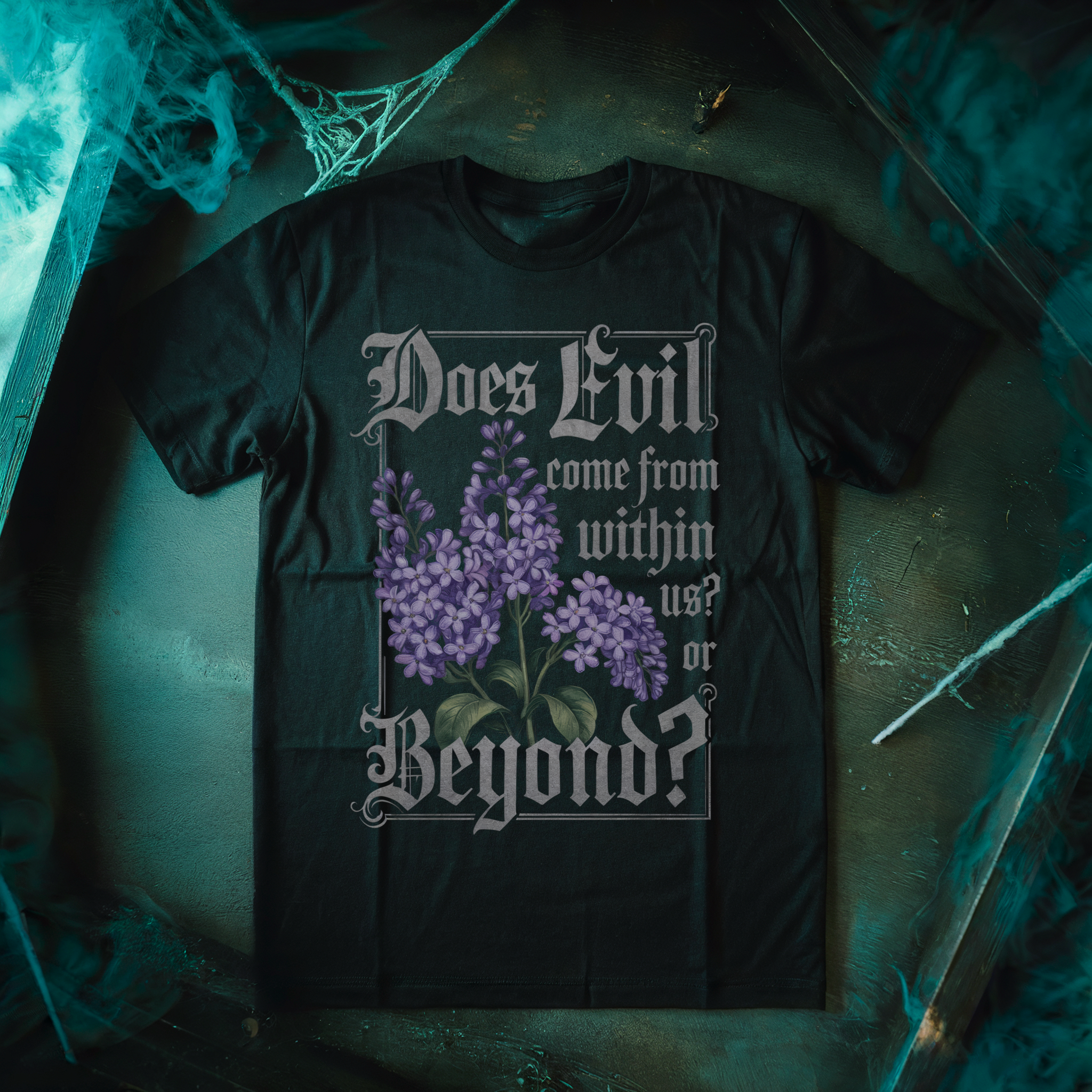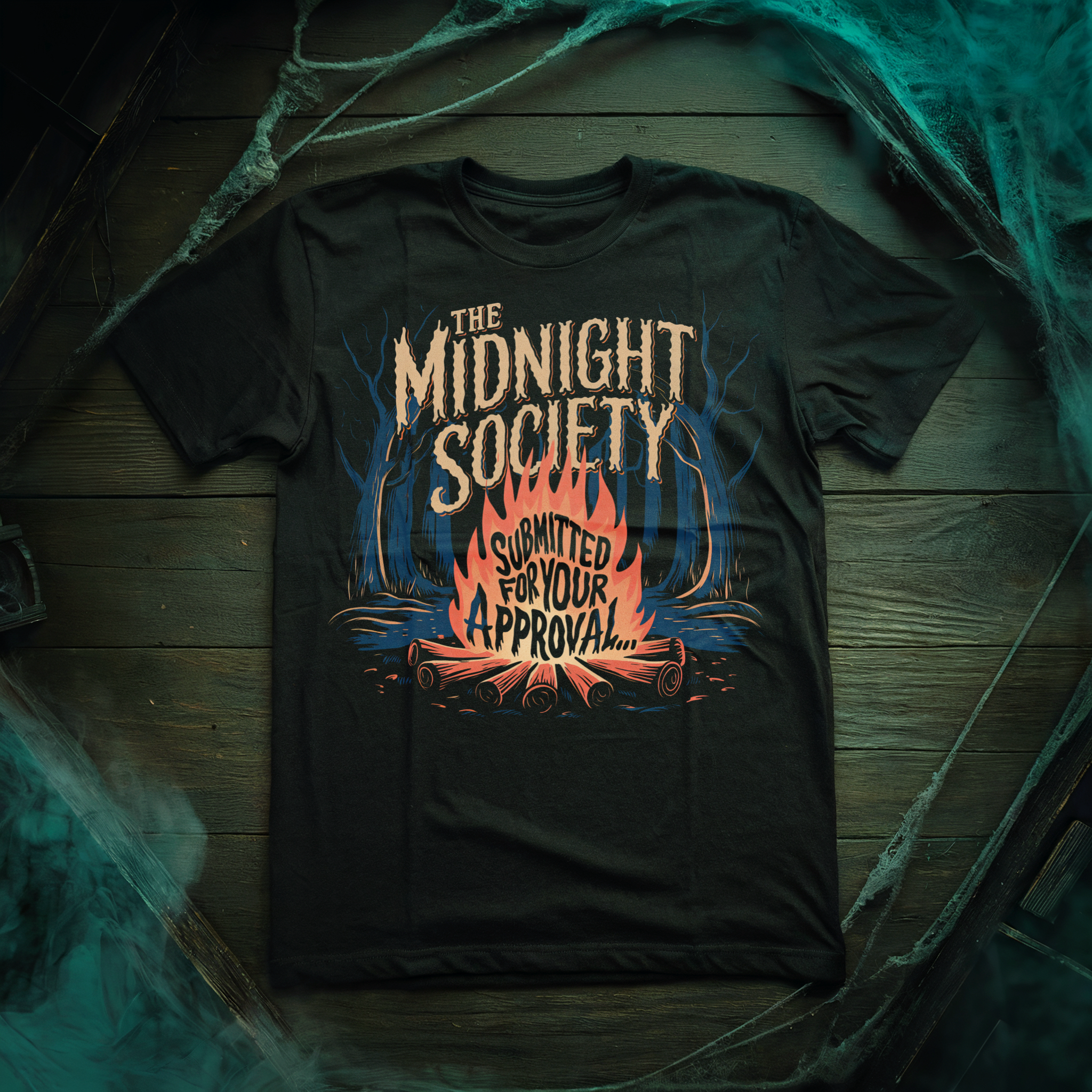Welcome back fiends the newest edition of Making a Monster! We’ve covered a wide array of movie monsters the past few months, from serial killers to mental projections of one messed up rabbit. This month, we’re going beyond what your typical definition of “movie monster” is to cover some of the more truly frightening monsters of modern film, and real-life for that matter. A masterpiece of computer animation in it’s era, tighten your seat belts as we study the dark side of nature, the tornadoes of Jan de Bont’s 1996 epic Twister.
“A combination of virtual and practical effects would be needed to bring [Twister] to life, some of which had not even been invented yet!”
Twister was greenlit for production before a script was even written. This blunt decision gives you an idea of how impressed Warner Bros. was with the test footage that effects company Industrial Light & Magic provided the studio. Testing the limits of virtual effects, the short clip of the studio’s work was so impressive that the footage, which was not featured in the film itself, eventually made it’s way into the final seconds of the theatrical trailer.
Science fiction writer (and my own personal hero) Michael Crichton, who was completing publicity tours for Jurassic Park at the time, was hired by Steven Spielberg to craft a screenplay from writer Jeffrey Hilton’s 10-page treatment. Of course, Twister could not be filmed during actual tornadic storms, for a whole host of obvious reasons. However, director Jan de Bont intended the film to be as real-life of an experience as possible, wishing the film to have an almost documentary style. A combination of virtual and practical effects would be needed to bring the vision to life, some of which had not even been invented yet!
A New Force of Nature
In the 1990’s, CGI technology was considerably limited. Generated graphics would be inserted into shots that were filmed incredibly steady, as shakiness made the incorporating process extremely difficult. However, director Jan de Bont insisted that the film be shot from the perspective of storm chasers, which meant that the film would be dominated by handheld shots, views through rain-soaked windshields, and overly chaotic environments. On top of that, no blue screen technology was used in the film, meaning the tornadoes would be inserted into the already filmed footage.
Stefen Fangmeier led the team hired to create the tornadoes for Twister, Industrial Light and Magic. The studio was fresh off their massive success rendering the digital portion of the dinosaurs of Jurassic Park, having already broken VFX barriers for that film. Twister presented a whole new challenge – computer generating a tornado, made of countless small bits of dust and debris. In the featurette Chasing the Storm: Twister Revisited, Fangmeier described the challenges the storms presented.
Animating them really is actually a fairly simple task in terms of their movement, because you’re just really animating a little string around which you build the tornado…But then creating the tornado around it was the hard part. Instead of having a solid surface, you’re really using a completely different approach to represent “mass” – the mass of a tornado, which is literally billions and billions of particles. None of this existed when we started. Twister, and certainly the technology created for it, was a tremendous foray for Industrial Light and Magic into using particle systems.
Warner Bros. released a fantastic breakdown by Fangmeier of this animation process, to the tune of Mark Mancina’s breathtaking score.
Twister also presented a very bizarre problem for the film crew- sunny skies. Usually a filmmaker’s best friend, the crew had to balance shooting storms on clear sunny days, and waiting out the too-severe-for-production storms that frequented Oklahoma. Production had to be halted on multiple occasions due to weather, though the storms weren’t completely useless – they provided multiple storm shots that were used in the film.
Almost all of the action sequences involving the actors required a combination of digitally rendered skies, practical effects, and artificial lighting so bright that stars Bill Paxton and Helen Hunt had their corneas sunburned before filters were applied to the lamps. Two 707 jet engines strapped to flatbed trailers were brought in to provide wind, and boxes of recycled, sanitized materials were dumped in front of them to provide the debris. It didn’t stop there. 300-pound blocks of ice mixed with milk (to make the ice opaque) were fed into a snow machine, busting into small chunks to create hail!
Six Antagonists
De Bont treated the forces of nature as if they were living, breathing monsters. Each tornado in the film was given it’s own individual traits, rendering each one visually unique after studying countless images of real life tornadoes. Why images? While you can search Youtube for thousands of twisters captured on Iphone cameras or by professional storm chasers, real life footage was extremely hard to come by in the 1990’s. The director wanted to walk the audience through the destructive, unpredictable power of tornadoes, deciding to start small and end with the EF5 – the most destructive tornado on the Enhanced Fujita scale.
What I really wanted to make sure is that the threat was growing. You know, during the course of the movie the audience really understands what a tornado really means. So you start with a small one. So you’re taught a little bit what a small one can do. So you set up then what a bigger one can do. I really wanted to create characters, because they’re talking to the twister. They see them as a character themselves, its something they battle, so they take it personal. It was, to me, very important to create a character for every different twister.
The visual construction of the tornadoes was only half the battle. The sound design behind Twister defined the film nearly as much as the footage, with sounds so intense it shook the seats of theatre patrons. De Bont was quite proud of this aspect of the film, even instructing theatres to play the film at a higher volume than normal.
I think it’s really important that the antagonist has personality. And basically, we have six of those, and the personalities had to change. So I really felt very strongly about creating different sound effects for each one. We started recording lots of different sounds and made a gigantic library of sound effects. We started recorded lions, animal screams, breaking boards, crashing cars into walls. Ultimately, all those things mixed and slowed down, then mixed together, we started creating different effects. I wanted the tornado to talk to them. I wanted to get the sense that it’s a living thing.
Respect the Wind
Twister has long been recognized as a special effects triumph, earning an Academy Award nomination for both it’s sound and visual effects and grossing nearly $500 million worldwide. Though the film doesn’t fit snug into the “horror” category, it does share many similar characteristics to your favorite creature features. The monsters are the stars, and thankfully Jan de Bont and his crew understood this. This editorial comes on the heels of the breaking news that Twister will receive the reboot treatment. I gotta be honest, this one is going to be difficult, fiends. Twister came at a choice time in special effects history, where CGI was in its infancy and the reliance on practical effects was still very real.
Considering what we’ve seen from storm disaster epics of recent, such as The Day After Tomorrow or Into the Storm, I’m not sure we will ever see the same gorgeous combination of practical and computer-generated effects again. I cannot foresee studios dragging jet engines onto the set, or launching ice and debris projectiles at it’s human cast. But who knows? I’ll be first in line to see it anyways, as should you. Regardless, Twister will continue to stand alone as THE disaster movie of our time.
“Twister came at a choice time in special effects history, where CGI was in its infancy and the reliance on practical effects was still very real.”
Where do you rate Twister among your favorite disaster movies? Do the visual effects hold up after nearly a quarter-century? Is Meg’s gravy that good that it deserves it’s own food group? Before you rue the day you come up against The Extreme (imminent. rue-age.), continue the discussion over on Nightmare on Film Street’s Twitter, Facebook, and Reddit pages! See you next time fiends, I gotta go, we got cows!





![twister promo image scaled [Making a Monster] VFX Breakthroughs Release Nature's Most Destructive Monster in TWISTER 10 twister promo image scaled](https://nofspodcast.com/wp-content/uploads/2020/06/twister-promo-image-scaled.jpg)



